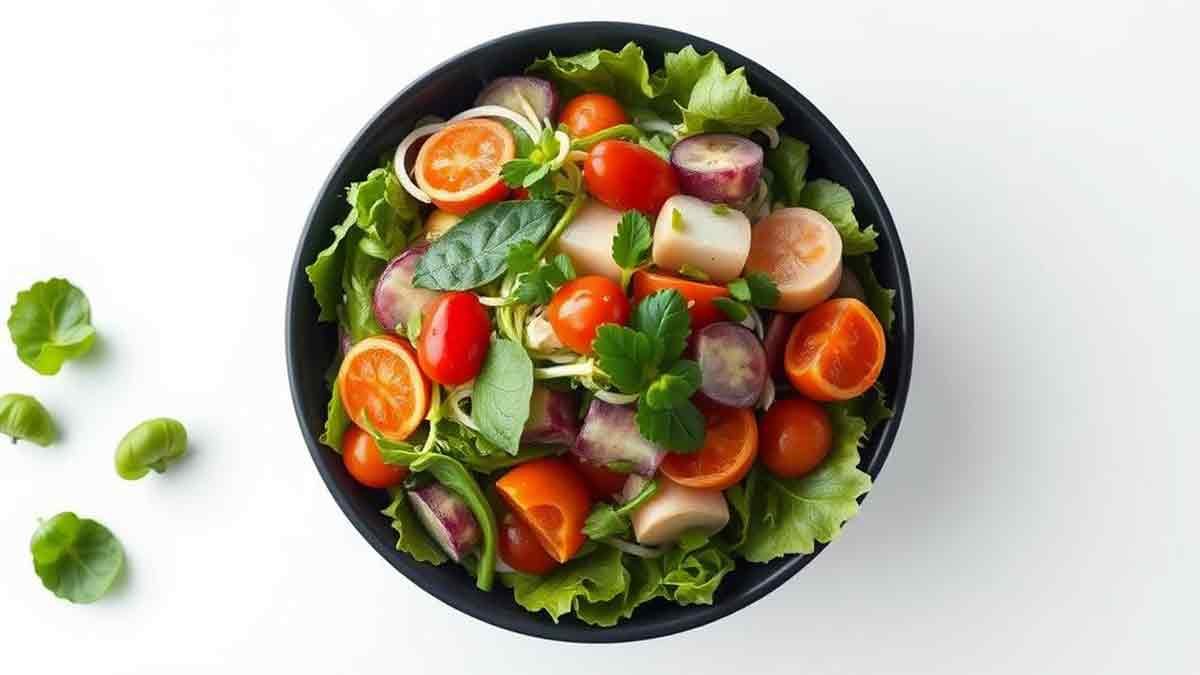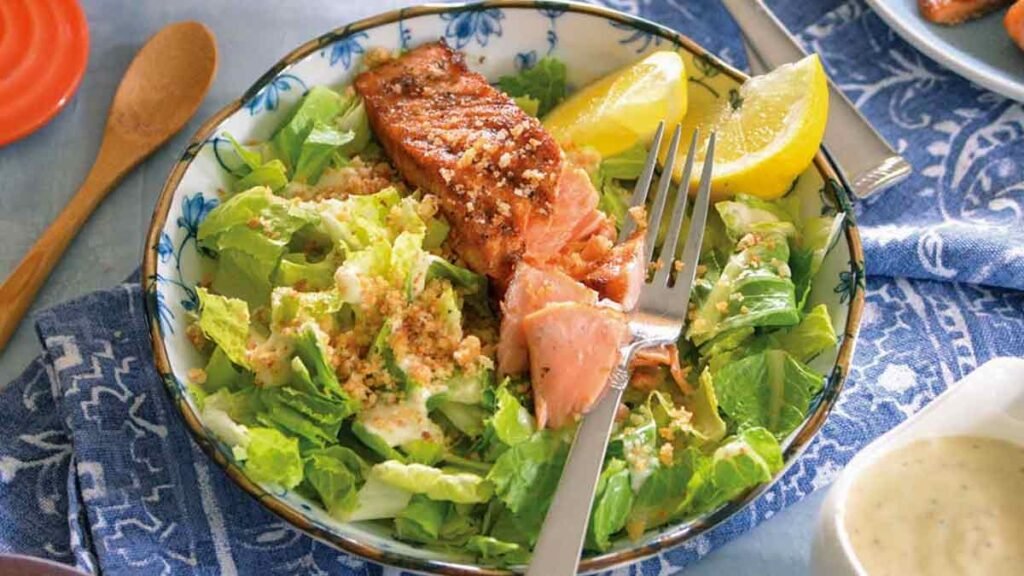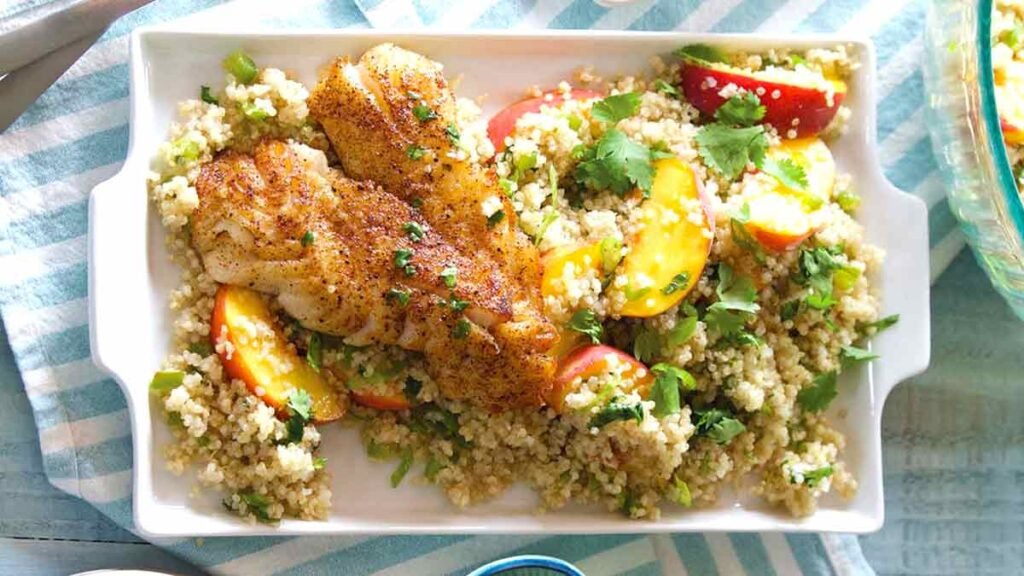Salads are not just a side dish; they are a culinary canvas that can be as diverse as the ingredients you choose. This comprehensive article will explore the various types of salads, their health benefits, and tips for creating delicious and visually appealing salads that cater to different dietary needs.
What is a Salad?
A salad is a dish primarily composed of mixed ingredients, often featuring fresh vegetables, fruits, grains, proteins, and dressings. Salads can be served as appetizers, side dishes, or main courses and are celebrated for their versatility and health benefits.
Types of Salads
- Green Salads: These are primarily made with leafy greens like lettuce, spinach, or kale, often accompanied by other vegetables.
- Vegetable Salads: Focused on a variety of raw or cooked vegetables such as carrots, cucumbers, and bell peppers.
- Fruit Salads: Composed mainly of fresh fruits, these salads can be sweetened with honey or citrus juices.
- Protein Salads: Incorporate protein sources like chicken, tuna, beans, or tofu to create a filling meal.
- Pasta and Grain Salads: Use pasta or grains like quinoa as a base, mixed with vegetables and dressings for added texture.
Nutritional Benefits of Salads
Salads are often lauded for their health benefits. Research indicates that regular consumption of salads can lead to higher nutrient intake and better overall health:
- Rich in Vitamins: Salads provide essential vitamins such as Vitamin C, Vitamin A, and folate. Studies show that salad consumers have higher serum levels of these nutrients compared to non-consumers.
- Weight Management: Low in calories yet high in volume, salads can help control hunger and promote weight loss by reducing overall calorie intake during meals.
- Digestive Health: High in fiber from vegetables and grains, salads support digestive health and regularity.
Crafting the Perfect Salad
Creating a salad that is both nutritious and delicious requires attention to detail:
Selecting Ingredients
- Base: Start with fresh leafy greens.
- Vegetables: Add a variety of colors and textures with seasonal vegetables.
- Fruits: Incorporate seasonal fruits for natural sweetness.
- Proteins: Include grilled chicken, chickpeas, or nuts for added nutrition.
- Dressings: A well-balanced dressing can enhance flavors; consider homemade vinaigrettes using olive oil and vinegar.
Balancing Flavors and Textures
Aim for a harmonious blend of flavors—sweet (fruits), salty (cheese), sour (vinegar), and umami (nuts). Combining crunchy elements (nuts or croutons) with softer components (avocado) creates an interesting mouthfeel.
Presentation Matters
A visually appealing salad enhances the dining experience. Use colorful ingredients arranged thoughtfully on the plate to create an inviting presentation.
Tips for Enhancing Your Salad Experience
Experiment with Dressings
Homemade dressings can elevate your salad significantly. Simple combinations like lemon juice with olive oil can brighten any dish.
Seasonal Ingredients
Utilize seasonal produce to ensure freshness and flavor while supporting local agriculture.
Creative Additions
Consider adding grains like quinoa or farro for extra texture and nutrition. Seeds such as sunflower or pumpkin can also provide a delightful crunch.
Conclusion
Salads are more than just healthy meals; they are versatile dishes that can cater to various tastes and dietary preferences. By understanding different types of salads, selecting fresh ingredients, and employing creative techniques in preparation and presentation, you can create delicious salads that not only satisfy hunger but also delight the senses.


















